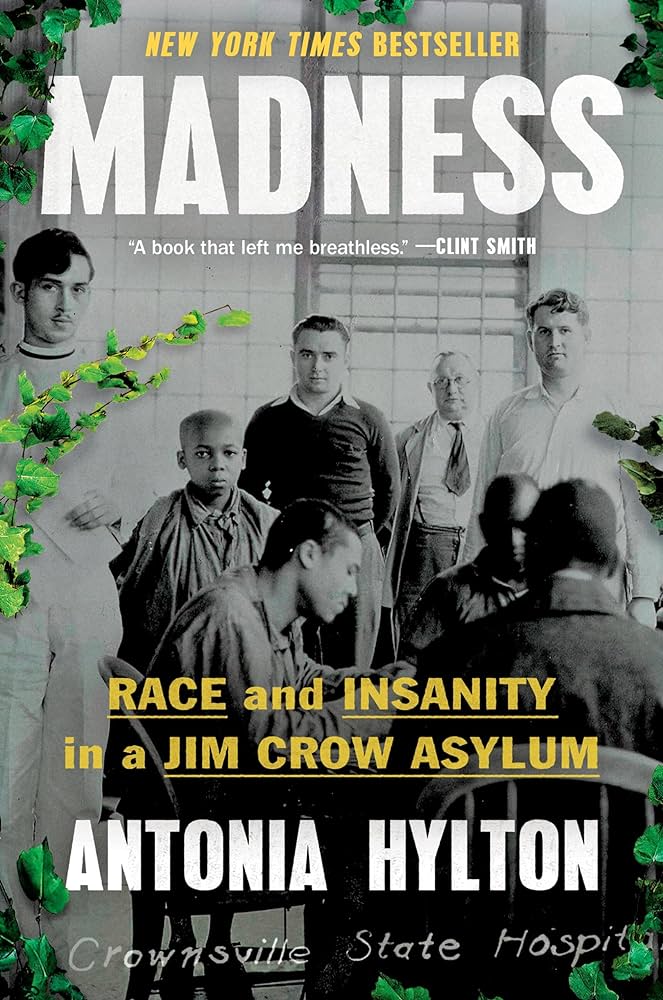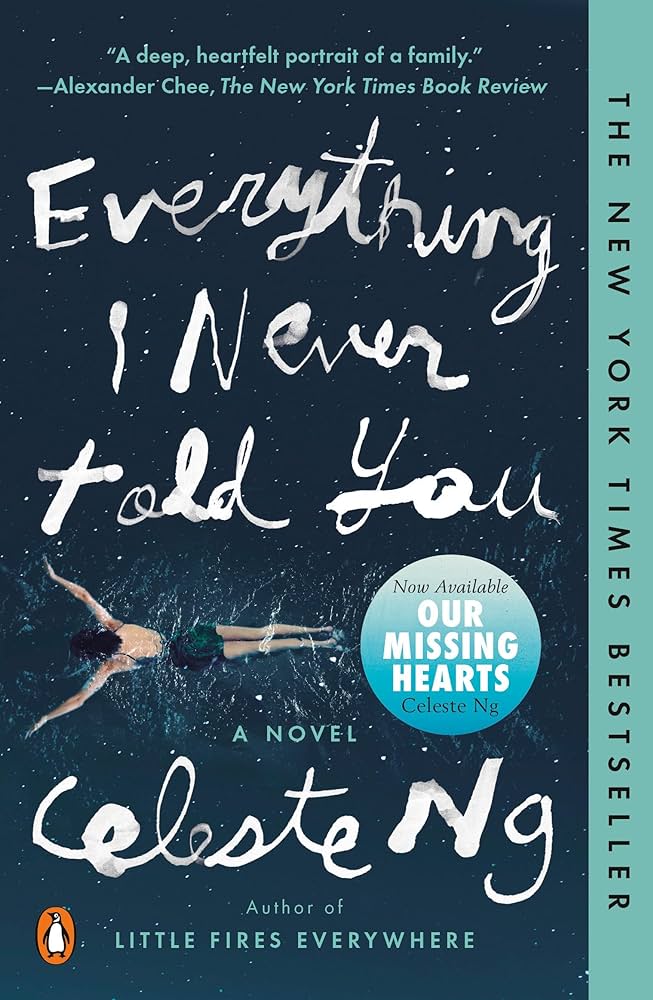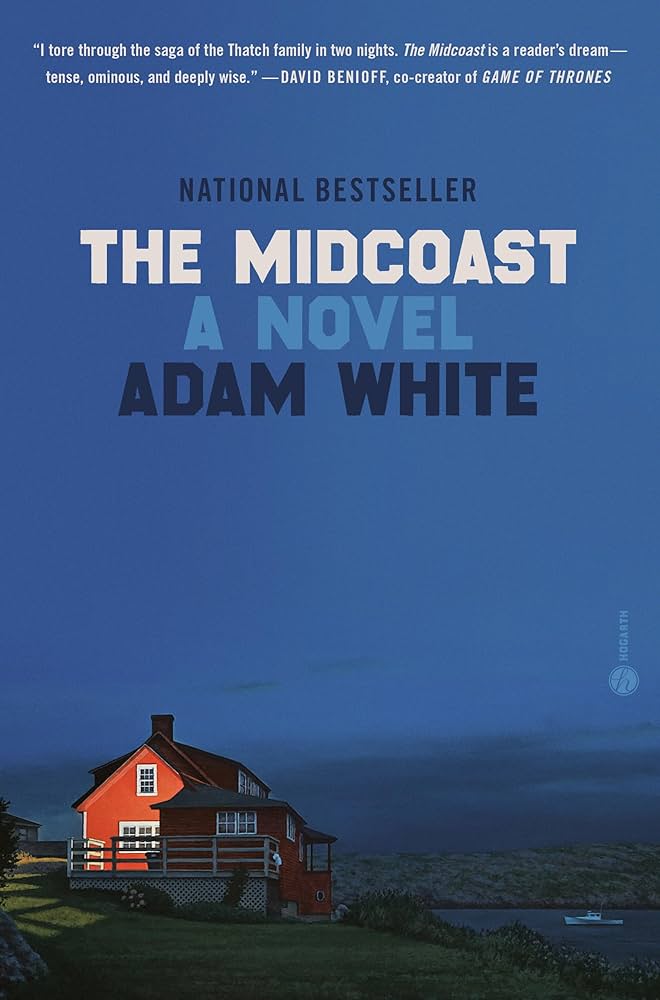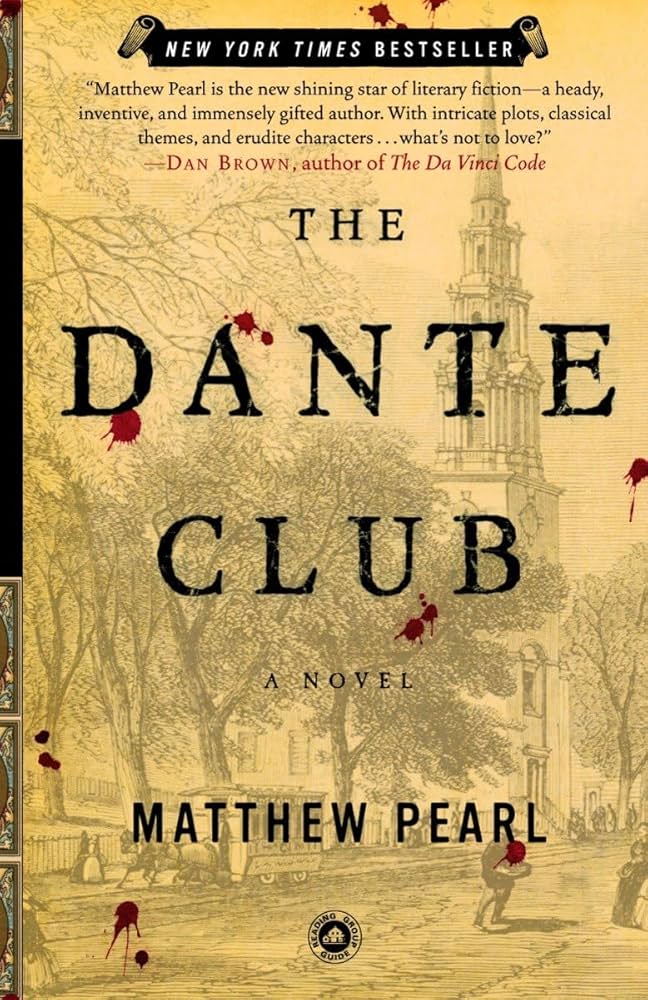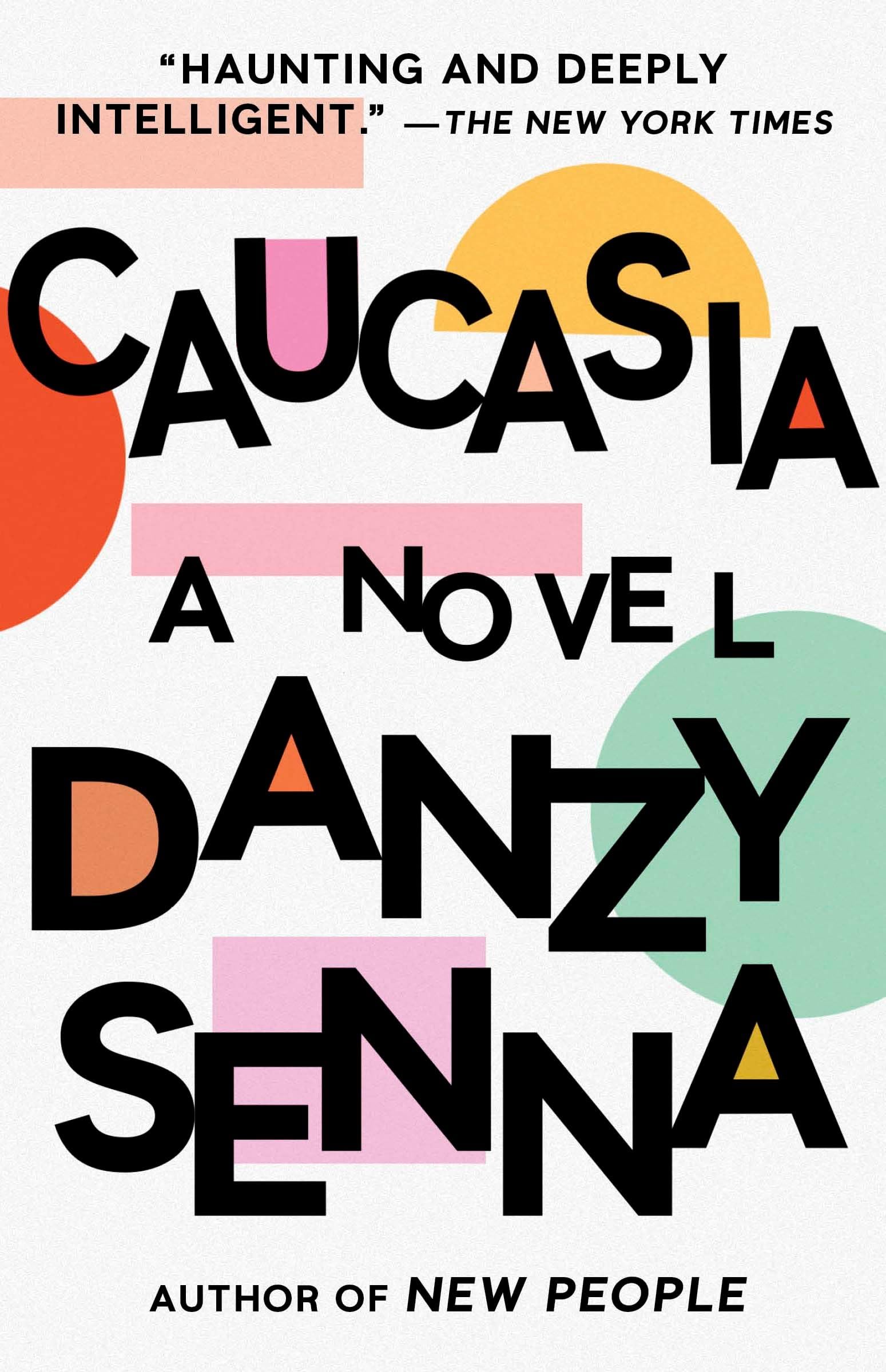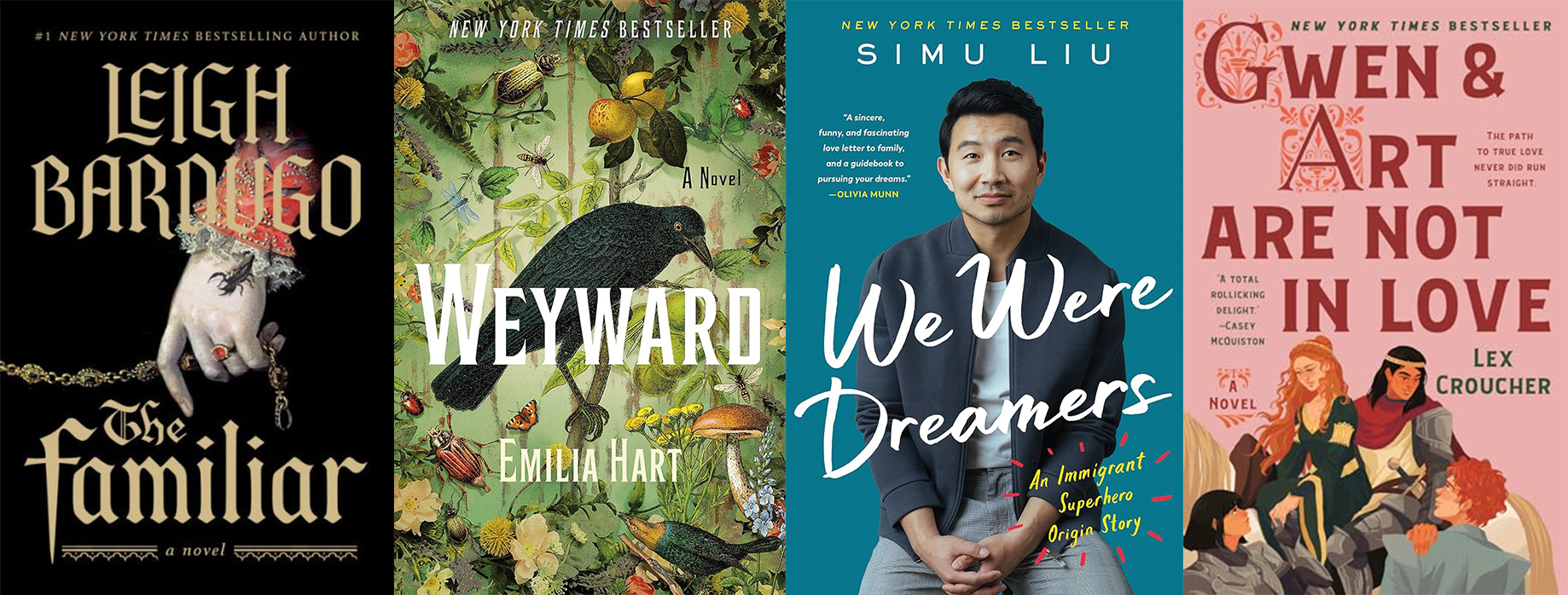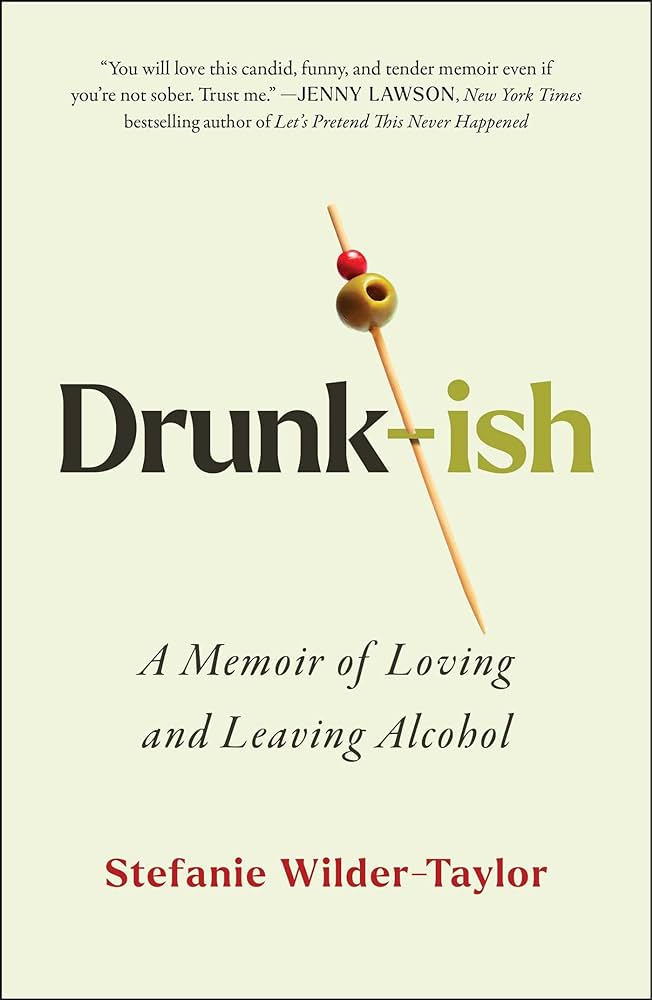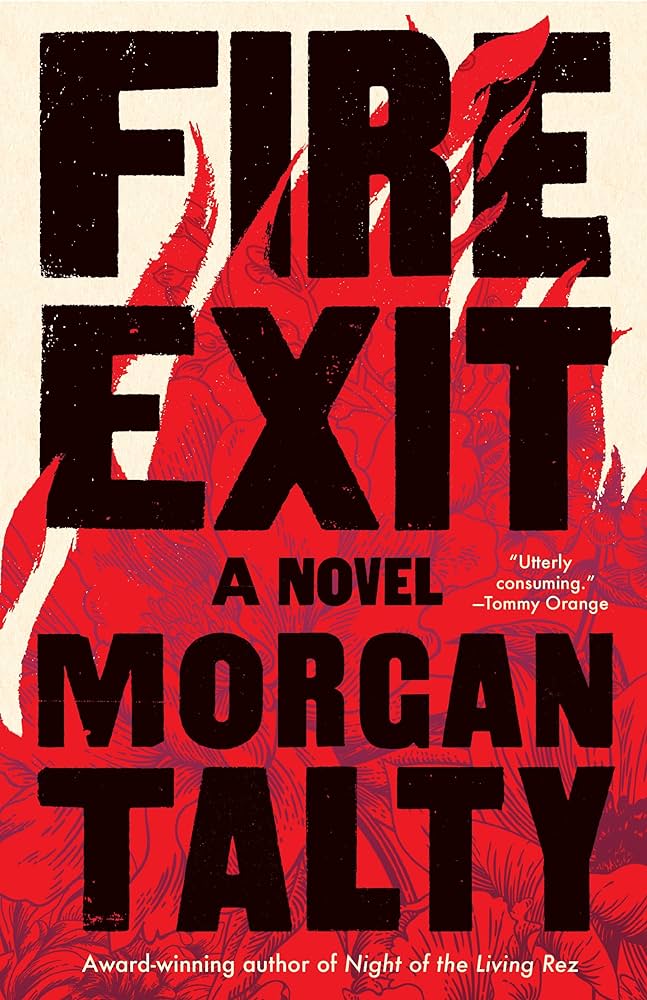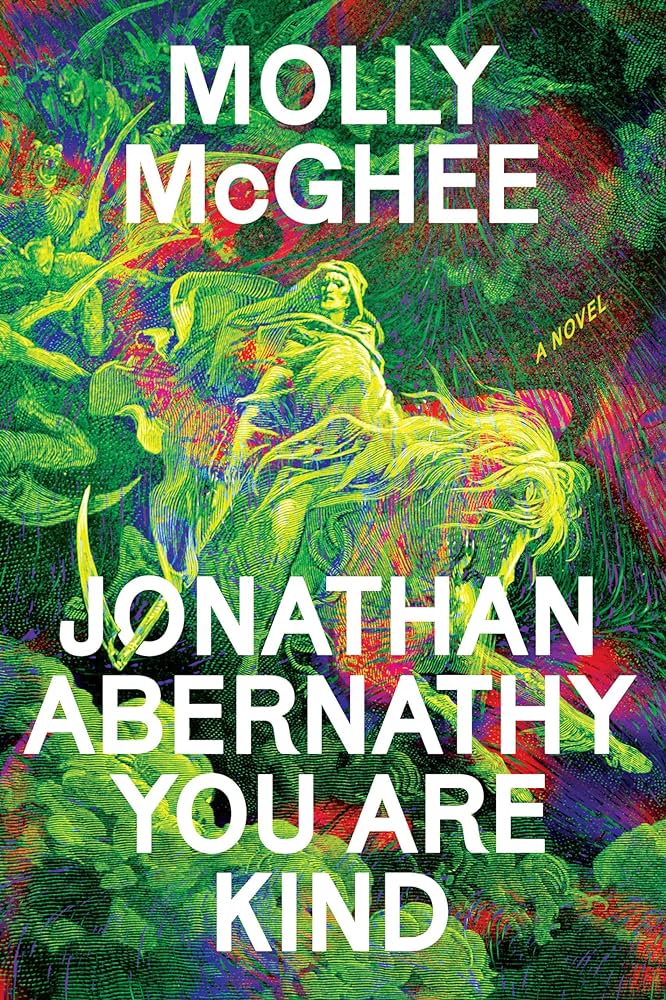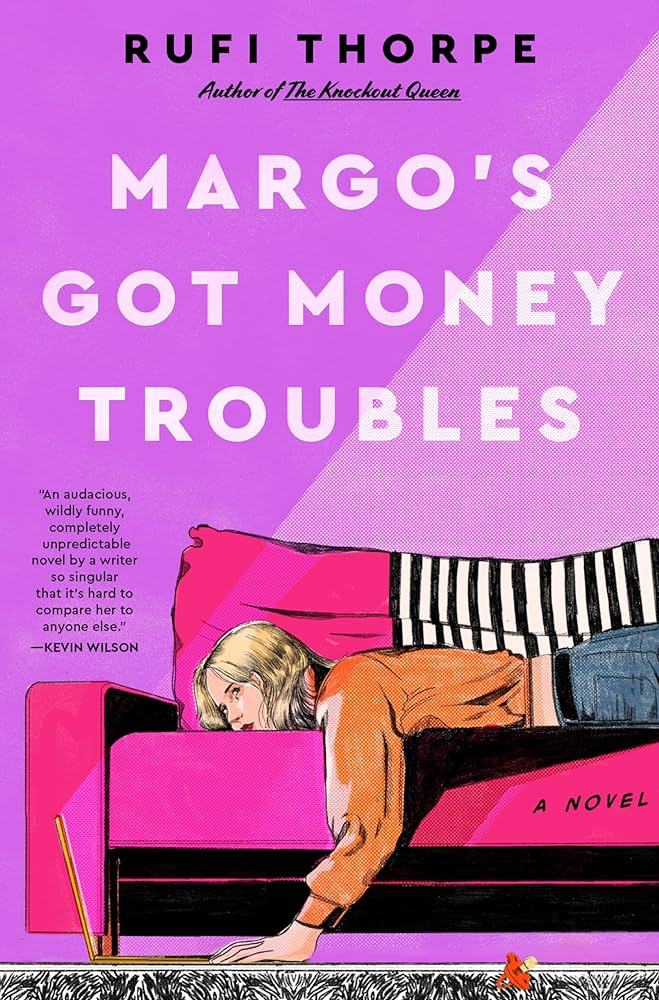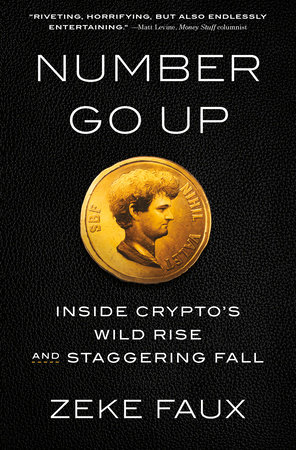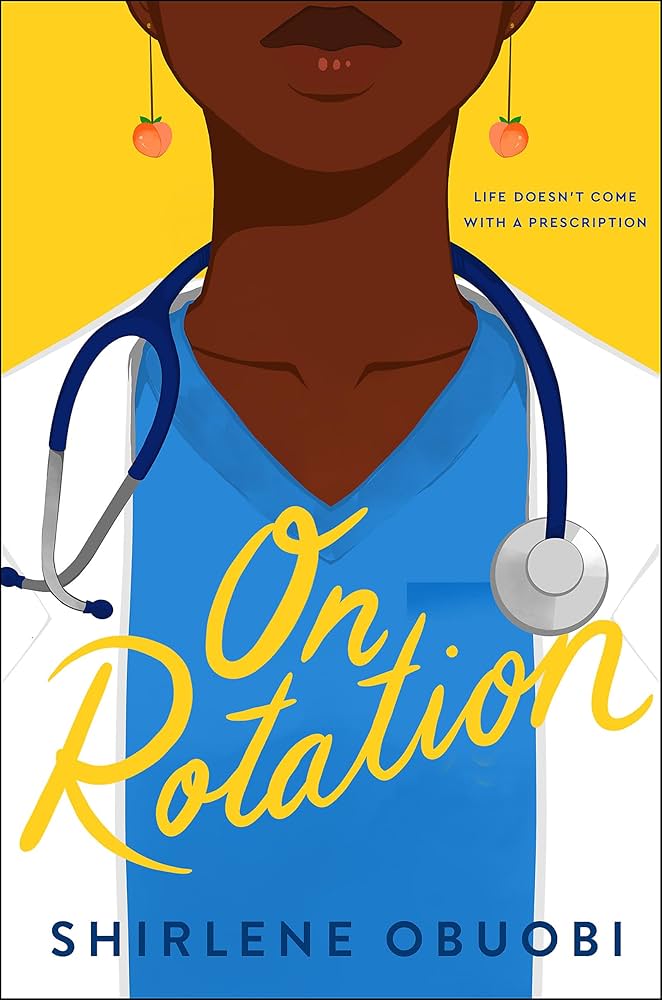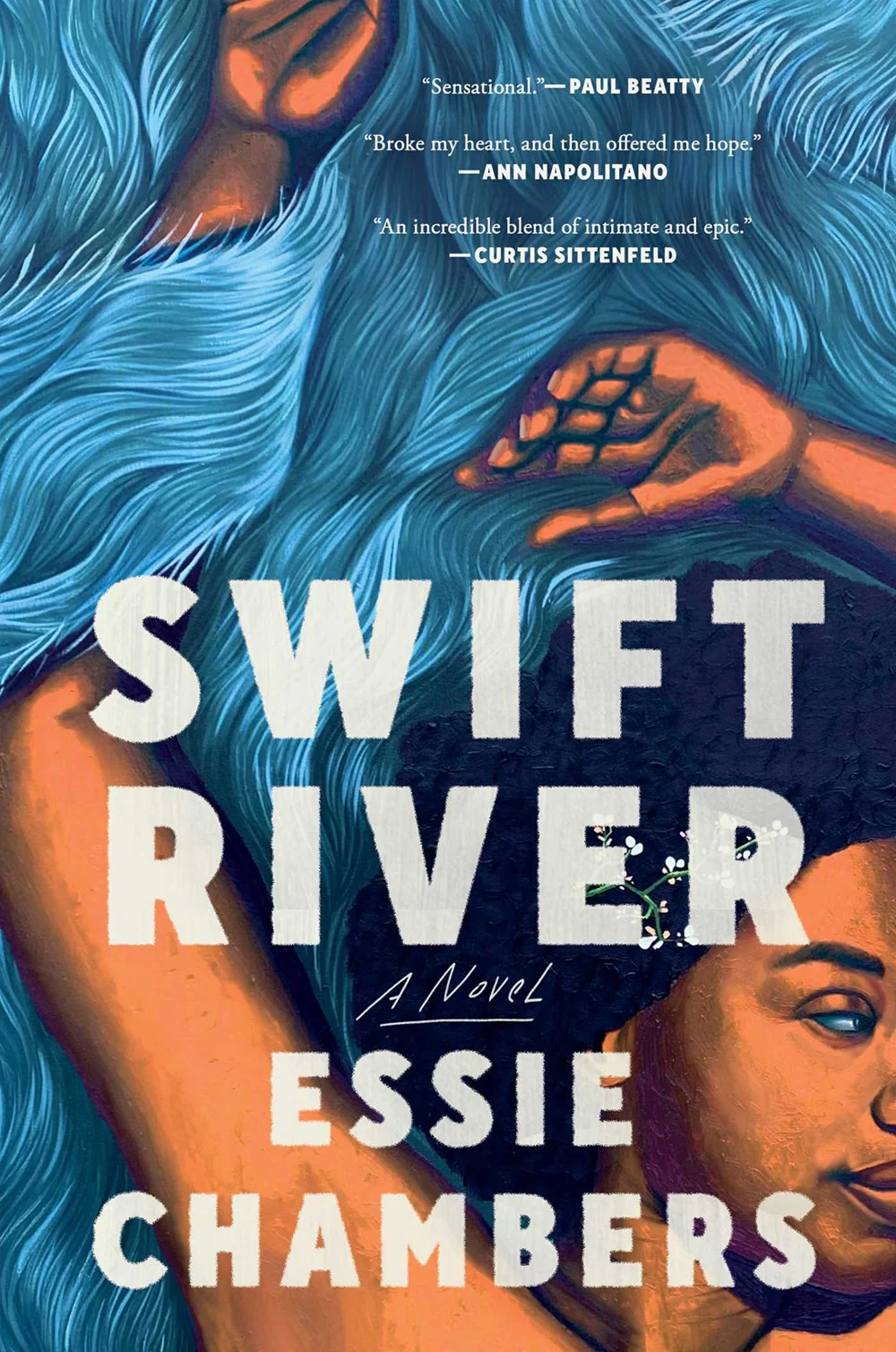2024 Reading Challenge Update: August Winner and What You Read This Month!
Happy fall semester! Can you believe classes are already starting?
Courtney Mazzei is the August Reading Challenge winner! Congrats to Courtney, who won a gift card to Moments Cooperative and Community Space in Oakland, Calif. Moments is a volunteer-led not-for-profit bookstore and community center that lifts the voices of authors and Oakland community members who identify as queer, trans, Black, Indigenous, and/or People of Color.
And congratulations to everyone who read a book this month and told us about it. There are four months left in the 2024 Reading Challenge, so keep reading! Hint: for more chances to win, make sure you track your reading with the Massachusetts Center for the Book, too!
August’s theme was “a book with a title that begins with the same letter as your birthday month.”
What You Read This Month
The Old Man and the Sea, Ernest Hemingway
Find it at Snell | Find it at F. W. Olin
“Inspiring to say the least. Read the book and realized that while the fruits of labor may not show the effort, the process in fact changes the man, and brings out the better in him.” — Anshuman
Ninth House, Leigh Bardugo
Find it at F. W. Olin | Read the e-book
“Ninth House is certainly a wild ride through the darkest aspects of Dark Academia. In this contemporary dark fantasy, Bardugo juxtaposes biting criticism of the abuses perpetrated by the elite and privileged with a deep love for her alma mater, Yale University.” — Bianca
Malibu Rising, Taylor Jenkins Reid
Read the e-book
“Disappointing after some of her other books. One of the themes is supposed to be about a young woman breaking the cycle of taking back unfaithful men, which she eventually does but it took ~10 hours of illustrating the men’s extremely sexist, entitled, neglectful behaviors to get there. She tried to do too much in too little time and space.” — Jodi
Sure, I’ll Join Your Cult, Maria Bamford
“It’s hard to believe a book that is honest about mental health issues could also be so funny, but Maria Bamford is a unique talent.” — Melissa
Maame, Jessica George
Find it at Snell | Listen to the audiobook
“Wonderfully written and deeply moving!” — Michal
And What to Read Next Month
September’s theme highlights authors local to Northeastern’s Boston campus: “A debut book by a Massachusetts author.” Here are some suggested reads!
Madness: Race and Insanity in a Jim Crow Asylum, Antonia Hylton
Listen to the audiobook
Award-winning journalist, Bostonian, and Harvard alum Antonia Hylton offers an intimate, heartbreaking history of Crownsville Hospital, a segregated asylum in Maryland that operated for nearly a century.
Everything I Never Told You, Celeste Ng
Find it at Snell | Find it at F. W. Olin | Listen to the audiobook | Read the e-book
Celeste Ng’s debut novel tells the story of the Lees, the only Chinese American family living in their rural Ohio town in the 1970s. When the body of daughter Lydia is found in a local lake, the family must confront the many secrets they’ve been keeping.
The Midcoast, Adam White
Listen to the audiobook
Andrew has returned to his tiny hometown in Maine where two of his former high school classmates are now a wealthy local power couple. But when Andrew discovers incriminating photographs in the couple’s home, he’s suddenly forced to reconcile his memories of their teenage years with the mounting evidence of his friends’ misdeeds.
The Dante Club, Matthew Pearl
Find it at Snell | Find it at F. W. Olin | Listen to the audiobook
The Dante Club is an exclusive literary cabal in 19th century Boston, and its members are collaborating on the first American translation of Dante’s Divine Comedy. Suddenly, a serial killer strikes the city, modeling his crimes after Dante’s Inferno. Now the Dante Club must find and stop the killer before he can strike again.
Caucasia, Danzy Senna
Find it at Snell | Find it at F. W. Olin | Read the e-book
Mixed-race sisters Birdie and Cole are separated when their parents’ marriage ends. Light-skinned Birdie, often mistaken for white, remains with their white mother; dark-skinned Cole leaves with their Black father. But Birdie never stops missing her beloved sister, and embarks on a determined journey to recover the love and identity that was taken from her.
Need more reading recommendations? Check out our suggested e-books and audiobooks for September! If you’re in Boston, you can stop by the Snell Library lobby in person on September 17 and 18 for Reading Challenge stickers, bookmarks, and books to check out, and friendly librarians who love talking about books!

